The world of whitewater rafting is governed by an intricate classification system known as the International Scale of River Difficulty. This grading framework, often referred to simply as "rapid classes" or "whitewater grades," serves as a universal language for paddlers, guides, and adventure seekers alike. From gentle ripples to thunderous cataracts, these classifications help determine a river's character and the skills required to navigate its challenges.
Understanding the basics of rapid classification begins with recognizing that these grades represent more than just technical difficulty. They encompass water volume, gradient, obstructions, and the consequences of a potential mishap. The scale typically ranges from Class I to Class VI, with each step up representing a significant increase in complexity and danger. However, these classifications aren't static - they can fluctuate dramatically with seasonal water levels, weather events, or even geological changes in the riverbed.
The journey through rapid classes starts with Class I, where the water moves fast enough to create small waves but presents no real obstacles. These are the gentle currents perfect for beginners or those seeking a peaceful float. Moving up to Class II, the river begins to show its personality with more pronounced waves and clear channels that require basic maneuvering skills. At this stage, the water starts demanding attention rather than simply allowing passive enjoyment.
When rivers transition to Class III, the experience becomes decidedly more athletic. These rapids feature irregular waves that can swamp an open canoe, complex currents that push boats in unexpected directions, and obstacles that require precise navigation. This is where whitewater rafting begins to feel like a sport rather than a leisure activity. The margin for error shrinks considerably, and participants must work as a team to successfully navigate the churning water.
The boundary between recreational and expert paddling truly emerges at Class IV. These powerful rapids demand precise boat handling in turbulent water. Scouting from shore often becomes necessary, and the consequences of mistakes grow serious - pinned boats or dangerous swims become real possibilities. What makes Class IV particularly challenging isn't just the individual rapids, but often their arrangement in long, continuous stretches that test both skill and endurance.
Class V represents the frontier of what most paddlers will ever attempt. These are extreme whitewater runs with long, violent rapids featuring congested routes that must be navigated with absolute precision. The hydraulics in Class V rapids can trap boats and swimmers, and rescue becomes extremely difficult. Running these rapids requires expert-level skills, thorough scouting, and often specialized equipment. Even then, the risk of injury or worse remains ever-present.
The classification system culminates with Class VI, which essentially translates to "unrunnable by any practical means." These are waterfalls or rapids so dangerous that successful navigation borders on impossible, and attempts would likely prove fatal. Interestingly, as equipment and techniques improve, some previously Class VI rapids have been successfully run and subsequently downgraded to Class V - a testament to human skill and daring.
Regional variations in classification add another layer of complexity to the system. A Class III rapid in the steep creeks of the Pacific Northwest might feel significantly more challenging than a Class III on a big-volume river in the Southeast. Local river communities often develop their own nuanced understandings of difficulty that account for regional characteristics like water temperature, remoteness, or the nature of the bedrock.
The subjective nature of rapid classification becomes particularly apparent when considering composite runs. A river might feature mostly Class II-III rapids with one or two Class IV obstacles - how should the entire stretch be rated? River guides frequently face this dilemma when advising clients about trip difficulty. The presence of even a single significant rapid can transform the character of an otherwise moderate run.
Seasonal changes dramatically affect rapid classifications as well. Spring snowmelt can turn a sleepy summer Class II into a roaring Class IV torrent. Conversely, late summer droughts might reveal obstacles that were safely submerged during higher flows. Experienced paddlers learn to read not just the rapid classifications, but the water levels that contextualize them - often consulting flow gauges and historical data before embarking on a run.
The evolution of whitewater equipment has created an interesting dynamic with rapid classifications. Modern self-bailing rafts, advanced paddle designs, and improved personal flotation devices have made some rapids more manageable than they were when the classification system was first developed. Conversely, the same technology has enabled paddlers to attempt increasingly difficult runs that would have been unthinkable decades ago, effectively expanding the boundaries of the sport.
Commercial rafting operations must carefully consider rapid classifications when designing their trips. While a Class IV rapid might be routine for professional guides, it could prove terrifying - or worse - for inexperienced guests. Many operations use modified classification systems or create their own trip rating scales to better communicate expectations to clients who may not understand the nuances of the international scale.
The psychological aspect of rapid classification shouldn't be underestimated. Two rapids might be technically similar in difficulty, but if one is in a deep gorge with no escape routes while the other is in an open area with easy access to shore, they'll feel dramatically different to run. This "consequence factor" often plays a larger role in a rapid's perceived difficulty than its actual technical challenges.
Education about rapid classifications forms a core component of any whitewater training program. Novice paddlers learn to read the river's language - how wave patterns indicate submerged rocks, how changes in water color reveal depth variations, and how to identify the telltale signs of dangerous hydraulics. This education continues throughout a paddler's career, as every river presents unique challenges that test and expand their understanding.
The future of rapid classification may see increasing standardization as more paddlers travel internationally to experience whitewater around the globe. However, the fundamental subjectivity of the system - the human element in assessing difficulty - will likely ensure that rapid classification remains as much art as science. What never changes is the river's power, and the respect it demands from those who venture onto its turbulent waters.
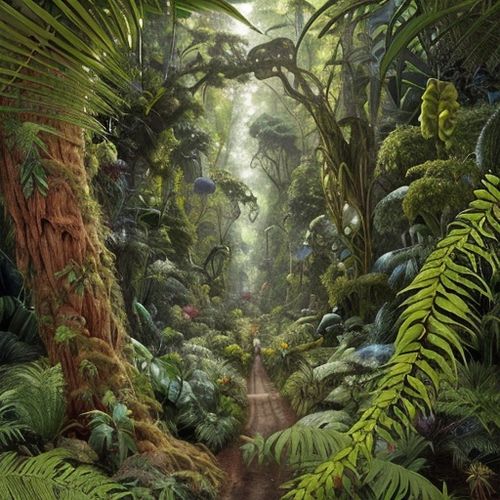
By George Bailey/Apr 28, 2025
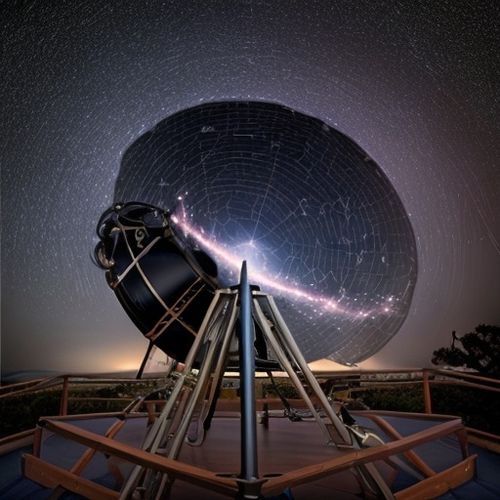
By Lily Simpson/Apr 28, 2025

By Grace Cox/Apr 28, 2025
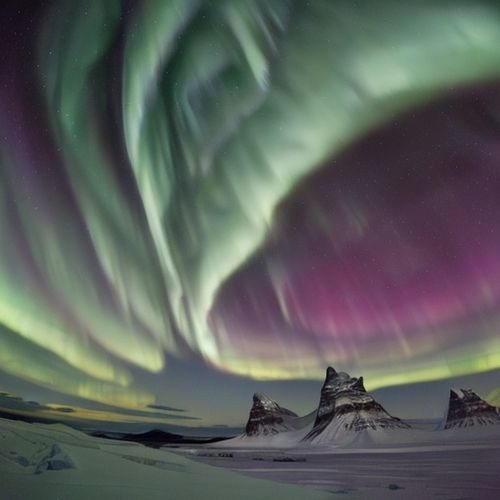
By David Anderson/Apr 28, 2025
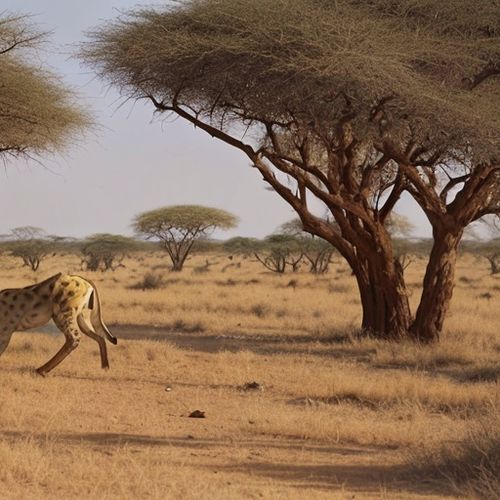
By Megan Clark/Apr 28, 2025

By Natalie Campbell/Apr 28, 2025
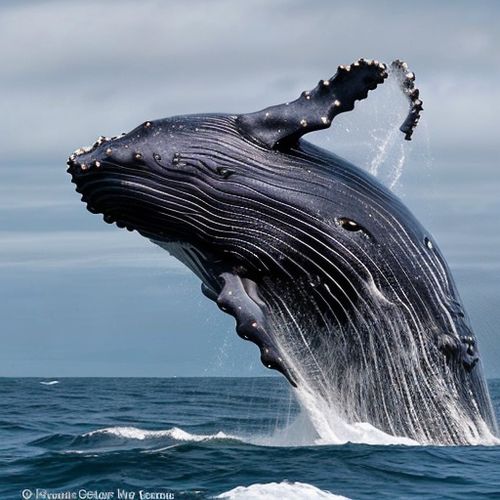
By Olivia Reed/Apr 28, 2025
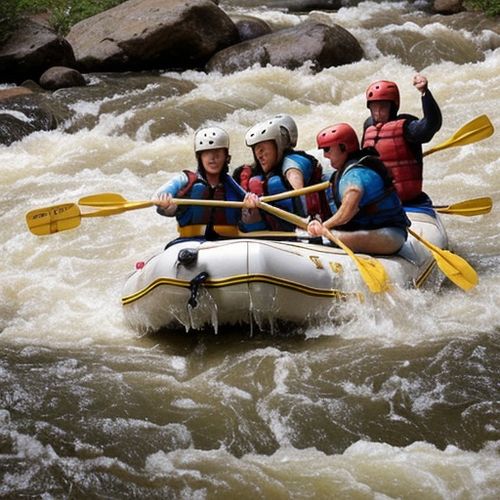
By Rebecca Stewart/Apr 28, 2025
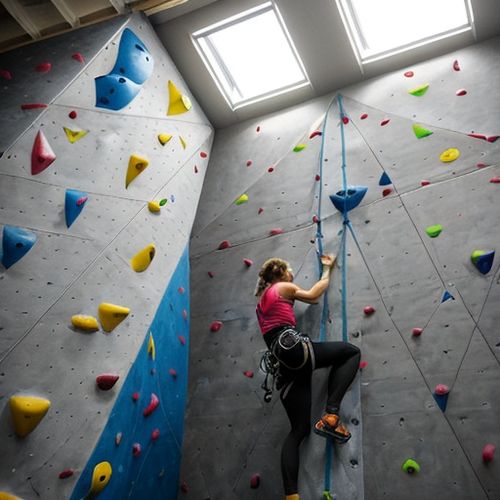
By Eric Ward/Apr 28, 2025
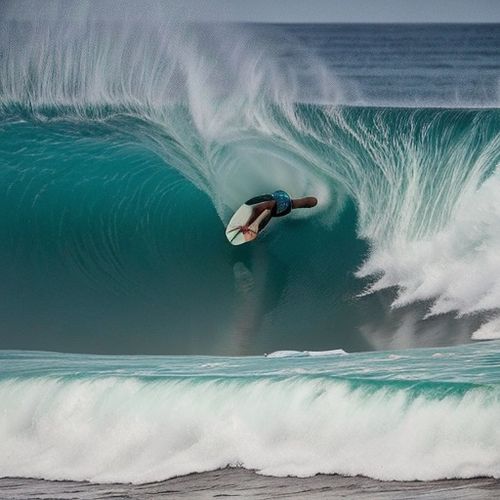
By Grace Cox/Apr 28, 2025
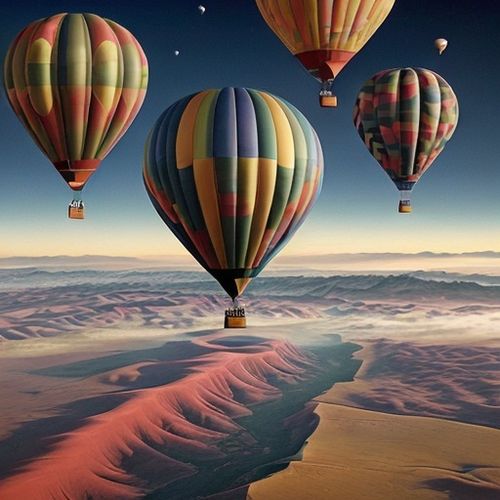
By Noah Bell/Apr 28, 2025

By George Bailey/Apr 28, 2025
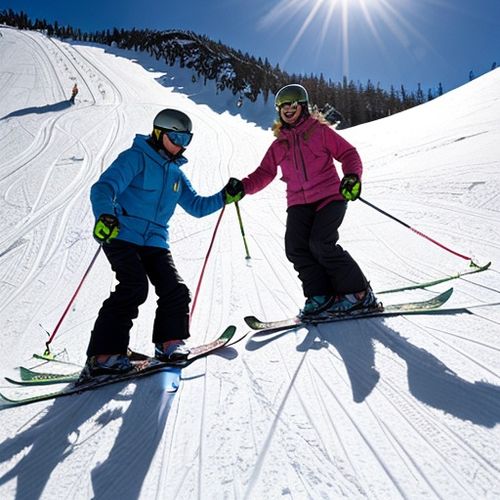
By Michael Brown/Apr 28, 2025
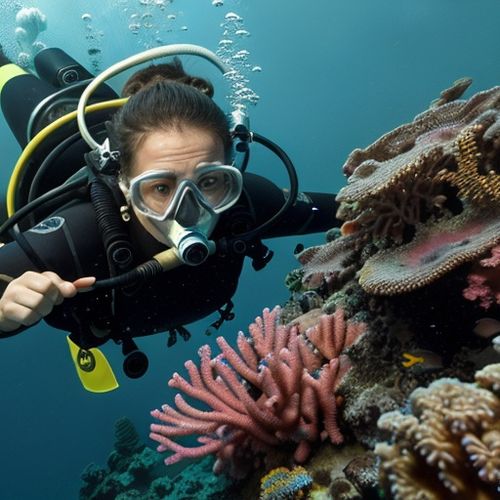
By Samuel Cooper/Apr 28, 2025
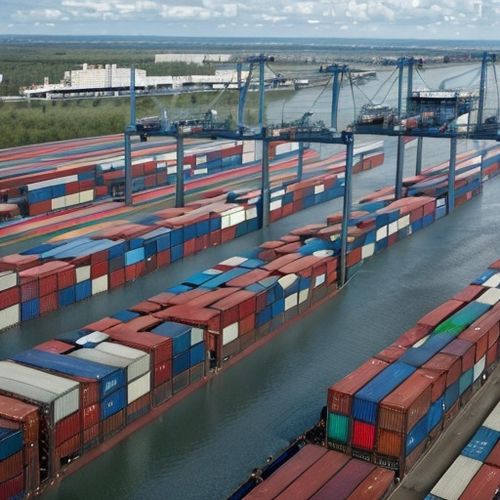
By Laura Wilson/Apr 28, 2025

By David Anderson/Apr 28, 2025
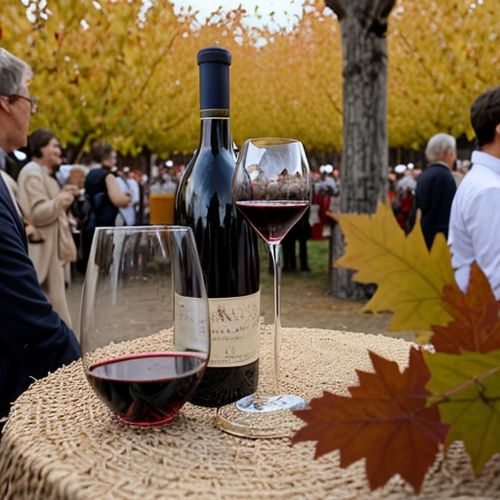
By Noah Bell/Apr 28, 2025

By Benjamin Evans/Apr 28, 2025

By Megan Clark/Apr 28, 2025

By Noah Bell/Apr 28, 2025